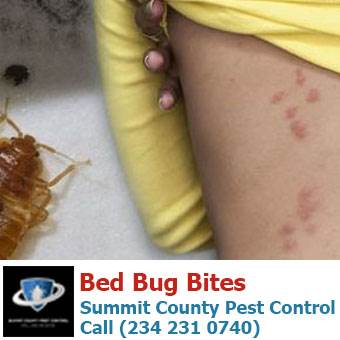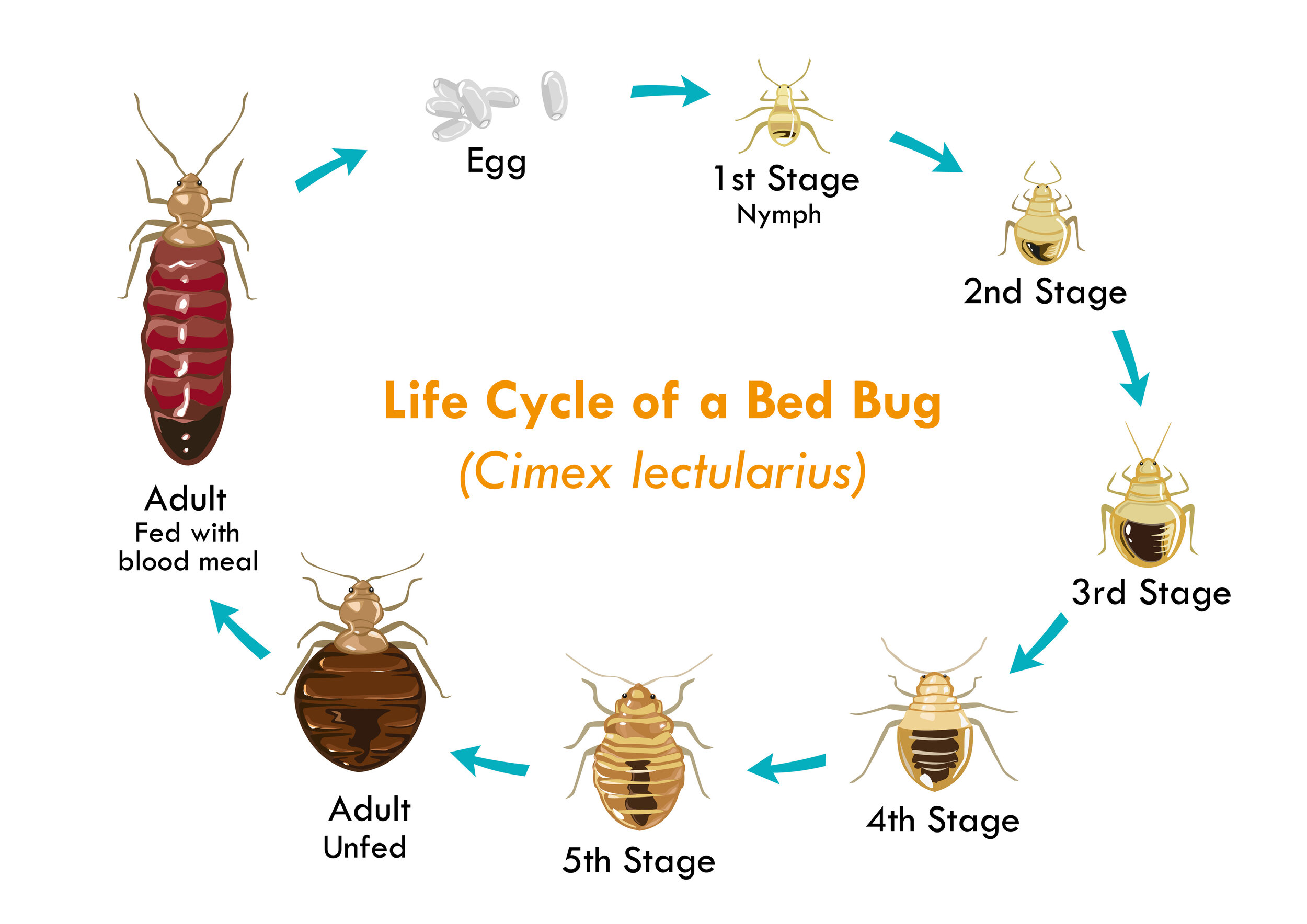Comprehending the Lifecycle of Bugs for Targeted Control Techniques
Understanding the lifecycle of parasites is a basic aspect of effective parasite administration approaches. By comprehending the different stages of development that pests undertake, an extra targeted and accurate approach can be embraced to control their populations. This expertise not only clarifies the vulnerabilities within the insect lifecycle yet additionally paves the method for executing tactical actions that can disrupt their growth and reproduction cycles. With a much deeper understanding of how parasites grow and progress, customized control methods can be made to address details factors in their lifecycle, inevitably leading to more effective parasite administration end results.
Relevance of Understanding Pest Lifecycle
Comprehending the lifecycle of parasites is necessary for establishing efficient and targeted control methods in pest management. By understanding the numerous stages an insect experiences from egg to grownup, bug control experts can determine susceptible factors in the lifecycle where intervention can be most effective. As an example, recognizing when larvae are most active can help determine the optimal timing for applying larvicides. Additionally, comprehending the life expectancy of a bug types can help in forecasting population development patterns and potential problem dangers.
In addition, recognizing the certain environmental conditions essential for each phase of the parasite's lifecycle can lead choices on environment adjustment or exclusion methods to disrupt the lifecycle and lower parasite populaces. This expertise allows pest management professionals to implement aggressive measures as opposed to depending entirely on responsive therapies, resulting in even more lasting and lasting bug control options. Ultimately, a thorough understanding of parasite lifecycles empowers insect control practitioners to customize their methods properly, lessening environmental influences and optimizing control outcomes.
Trick Stages in Pest Advancement
To effectively execute targeted control approaches in bug administration, a crucial aspect exists in thoroughly determining and recognizing the crucial phases in parasite advancement. Insect development generally consists of numerous crucial phases that are essential for their lifecycle and monitoring. The initial stage is the egg stage, where parasites lay eggs that later on hatch out right into larvae. Larvae after that advance right into pupae, a stage where they undertake transformation prior to emerging as grown-up parasites. Comprehending these phases is important as it helps in identifying weak spots in the lifecycle where control steps can be most efficient.

Vulnerabilities in Pest Lifecycle
Throughout the numerous phases of an insect's lifecycle, distinct vulnerabilities arise that can be tactically targeted for effective control measures (A1 Bed bug Exterminator houston). One crucial susceptability exists in the egg phase, where parasites are usually much more prone to particular pesticides or organic control agents due to their soft outer covering, making them simpler targets for intervention. Understanding these vulnerabilities in the bug lifecycle is necessary for developing specific and efficient control approaches that properly manage bug populations while reducing environmental effect.
Applying Targeted Control Actions

Executing targeted control measures usually involves a multi-faceted strategy. This might consist of environment alteration to make the setting much less friendly to insects, such as removing standing water for insect control or sealing entry points for rodents. Furthermore, organic control methods can be made use of, where all-natural killers or pathogens are introduced to maintain insect populations in check.
Chemical control, such as the mindful application of pesticides, is an additional usual strategy. Nonetheless, it is vital to utilize these materials deliberately to reduce ecological influence and potential harm to non-target types. Integrated Parasite Management (IPM) approaches that combine different control measures in a worked with and lasting way are typically the most reliable in attaining lasting pest management objectives. By executing targeted control measures based on a detailed understanding of parasite lifecycles, bug populations can be effectively regulated while decreasing risks to human health and wellness and the atmosphere.
Enhanced Pest Administration Practices

Additionally, the incorporation of organic control representatives, such as natural killers or microorganisms of bugs, can help in reducing reliance on chemical pesticides and advertise an extra well balanced Your Domain Name ecosystem. Implementing physical obstacles and traps can likewise belong to enhanced bug management methods, providing safe and targeted services for insect control. Furthermore, making use of pheromones and various other semiochemicals can interfere with pest mating patterns and communication, causing minimized insect populations over time.
Conclusion
In conclusion, comprehending the lifecycle of bugs is essential for efficient bug management techniques. By recognizing key stages in pest growth and susceptabilities in their lifecycle, targeted control actions can be implemented to decrease insect populaces. Enhanced bug management techniques can aid decrease the reliance on broad-spectrum chemicals and advertise more environmentally friendly and sustainable insect control methods. This expertise plays an important duty in maintaining healthy ecological communities and agricultural efficiency.
Understanding the lifecycle of pests is important for developing reliable and targeted control strategies in pest monitoring. By comprehending the various phases a parasite goes with from egg to adult, parasite control professionals can recognize susceptible points in the lifecycle where treatment can be most successful. Ultimately, a detailed understanding of bug lifecycles empowers pest control professionals to tailor their strategies properly, making the most of and decreasing environmental influences control outcomes.
By carrying out targeted control measures based on a thorough understanding of insect lifecycles, pest populaces can be successfully managed while minimizing threats to human health and the setting.
By recognizing vital phases in bug development and susceptabilities in their lifecycle, targeted control actions can be implemented about his to lessen bug populaces.